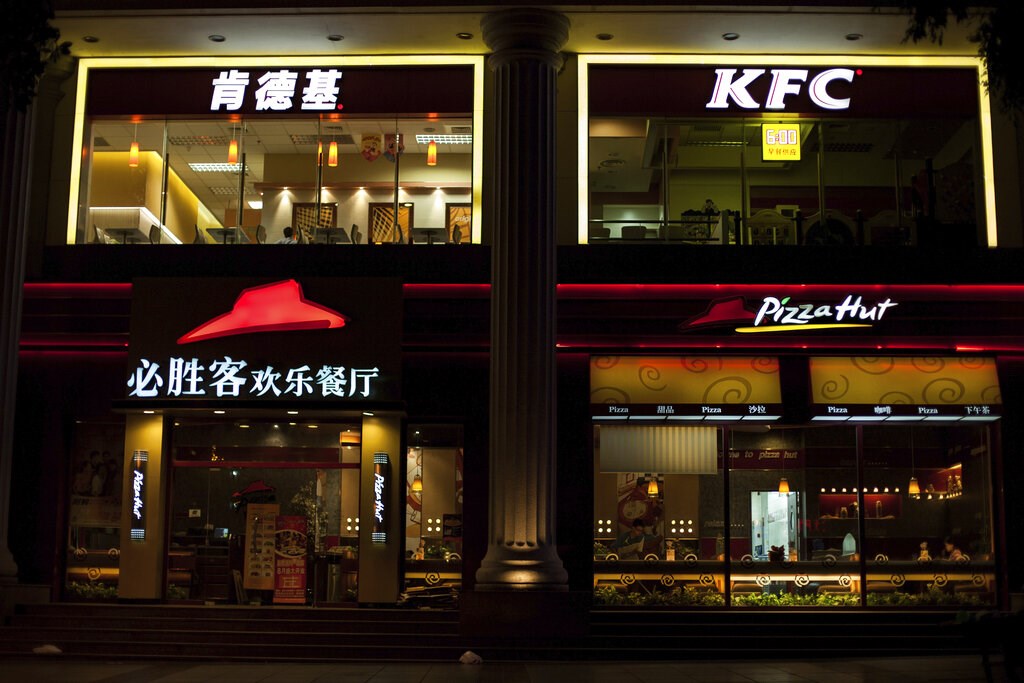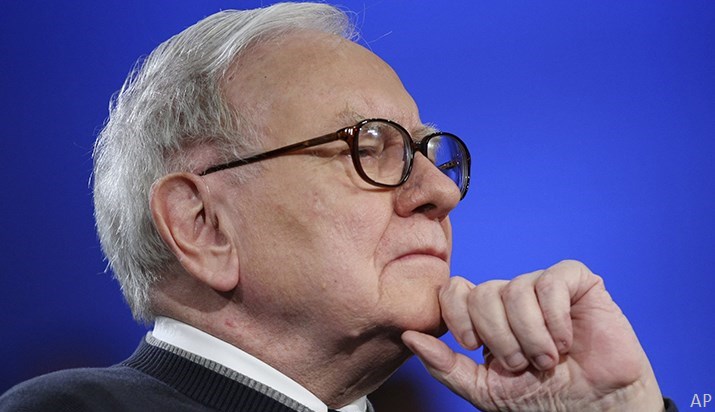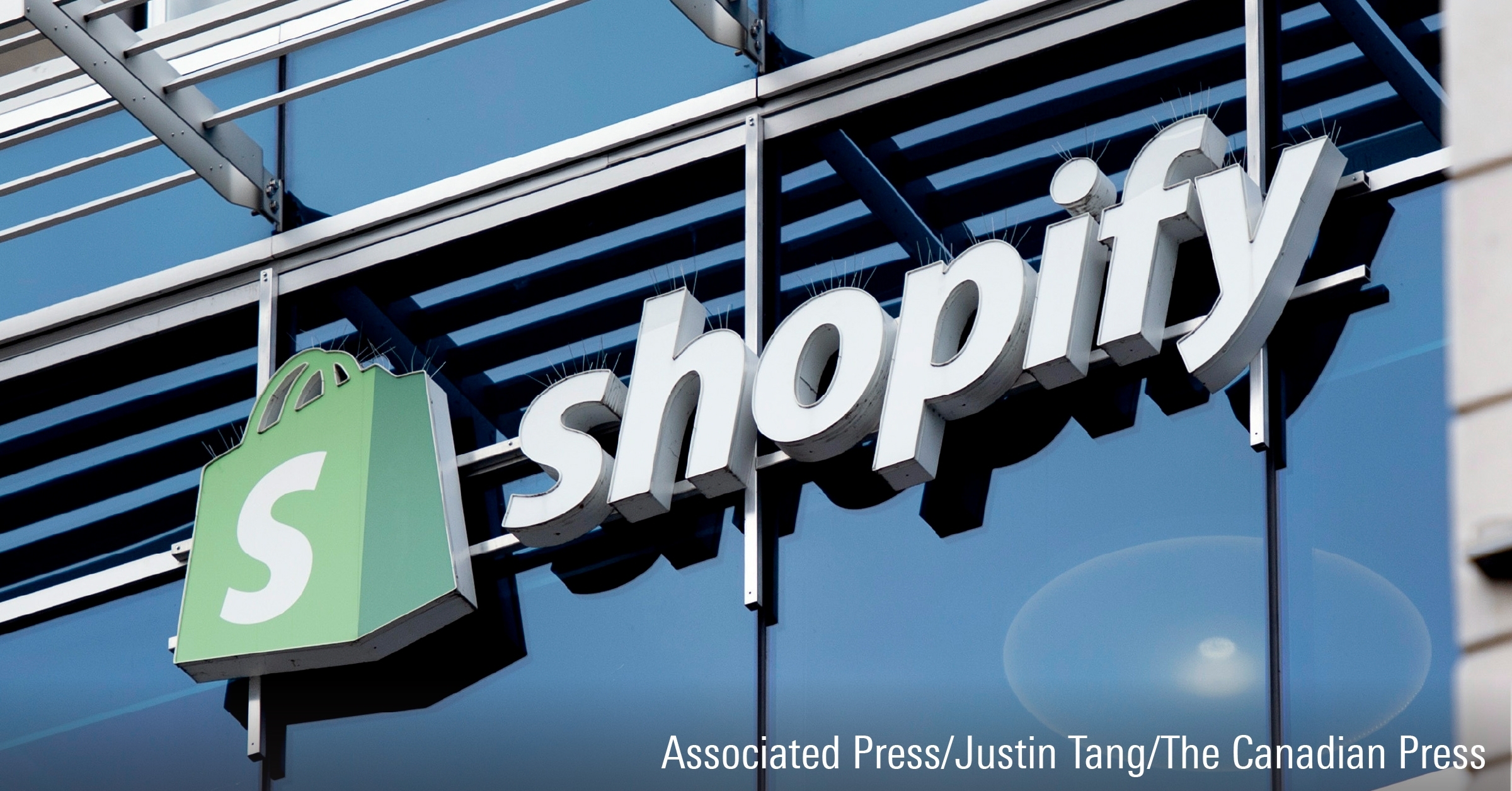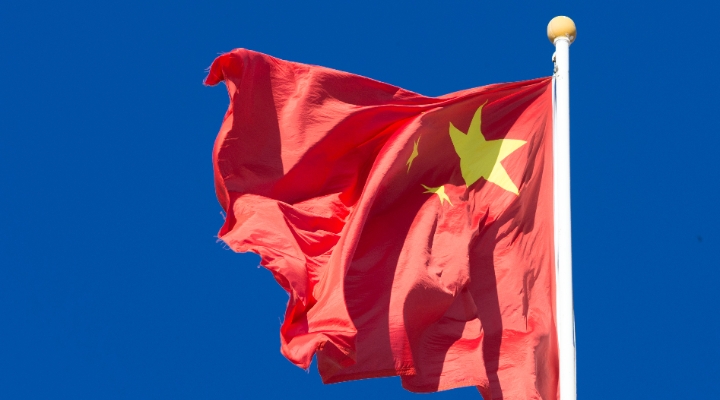
Yum China (YUMC, 9987) is the largest restaurant chain in the country, operating more than 10,000 restaurant outlets, notably under the fast food brands Pizza Hut and KFC. While the flare-up of coronavirus cases put restaurants under pressure, Yum is only affected to a small extent, according to Morningstar equity analyst Ivan Su. This is mostly attributed to its digital ordering and delivery platform, which helped retain customers throughout the pandemic.
‘It’s common that fast food chains would outperform in the times of economic hardships, such as the COVID-19 recession in 2020. Basically, people tend to go for cheaper options, instead of a full-out fancy meal. Also, large group gathering is impossible under social distancing rules. Take-out fast food emerges as a good option, too,’ Su notes.
Localized Brand
Su evaluates Yum China as more than just fast food being a pandemic beneficiary. “Now, most restaurants in China are ran by small families. These mom-and-pop shops that earn a thin margin do not have the advantage of scalability, easily losing market share to chain competitors,” he explains.
“We expect, as urbanization continues in China, fast food will turn more common among the city workers. The growth runway for Yum China is thus very long,” he says. Su raised his fair value estimate for YUM China to USD 79 (HKD 613) from USD 74 (HKD 574). He says the upward revision of fair value is to reflect its ability of to expand its market share amid the Chinese food and beverage sector consolidation.
“Pizza Hut and KFC are two brands under Yum China that we think would stand out among other chains,” said Su, who highlighted the reasons being its recognizable brands, outstanding cost control and extensive supply network.
He believes the brands are well received by the locals and can “localize and constantly refresh in the fast food menus, even with obvious Western roots”. This has enabled Yum China to not only adhere to local taste preferences but also effectively reducing the risk of consumer fatigue.
Moaty supply network
On the cost and supply front, Su continues: “Imagine you are operating more than 10,000 eateries. To fulfill a change in menu, let alone a single food item, it requires a robust logistics system that could reach all cities at once. And we are talking about a bulk purchase for all stores.”
Yum China’s own supply chain and distribution network, in Su’s view, are unrivaled among restaurant operators in the region. The network comprises of 25 logistics facilities, six consolidation centers, and a fleet of approximately 2,100 refrigerated trucks. In addition, sourcing products almost all locally helps to keep costs manageable, and the cost advantage is achieved through bulk purchase. These has underpinned its wide moat rating.
In his base case estimates, he assumes that the case with China in the future will vary a lot from the Western countries where healthy and dietary trends are fast gaining popularity and competition among fast food restaurants is heightened. “Average spending at KFC, the largest fast food chain on the mainland, stands at around USD 5, compared to over USD 100 in the US and Hong Kong.” Thus he believes the upside potential of Yum China, which spun off from Yum Brands (YUM) last year and was dual-listed in New York and Hong Kong, is overlooked.
©2021 Morningstar. All rights reserved. The information, data, analyses and opinions presented herein do not constitute investment advice; are provided as of the date written, solely for informational purposes; and subject to change at any time without notice. This content is not an offer to buy or sell any particular security and is not warranted to be correct, complete or accurate. Past performance is not a guarantee of future results. The Morningstar name and logo are registered marks of Morningstar, Inc. This article includes proprietary materials of Morningstar; reproduction, transcription or other use, by any means, in whole or in part, without prior, written consent of Morningstar is prohibited. This article is intended for general circulation, and does not take into account the specific investment objectives, financial situation or particular needs of any particular person. Investors should consult a financial adviser regarding the suitability of any investment product, taking into account their specific investment objectives, financial situation or particular needs, before making any investment decisions. Morningstar Investment Management Asia Limited is licensed and regulated by the Hong Kong Securities and Futures Commission to provide investment research and investment advisory services to professional investors only. Morningstar Investment Adviser Singapore Pte. Limited is licensed by the Monetary Authority of Singapore to provide financial advisory services in Singapore. Either Morningstar Investment Management Asia Limited or Morningstar Investment Adviser Singapore Pte. Limited will be the entity responsible for the creation and distribution of the research services described in this article.













.png)




.jpg)





